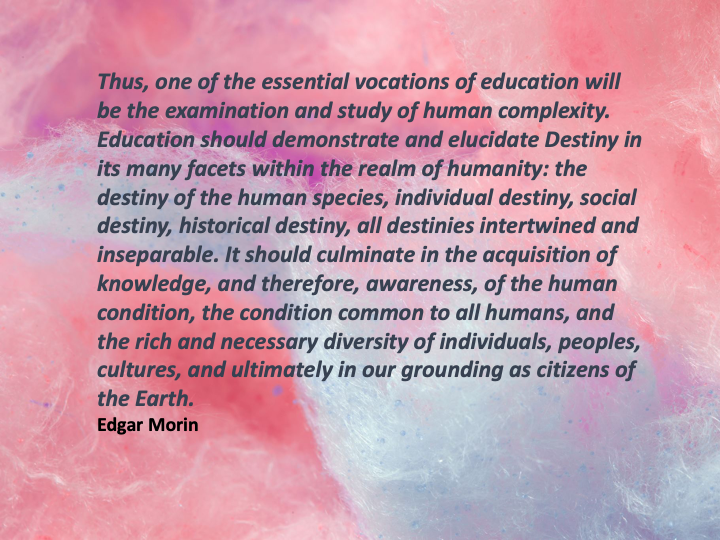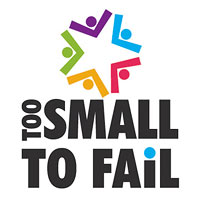I am pleased to publish a friend’s, Massimo Oliveri - novel writer, physical education teacher and physical coach of Italian tennis table team – contribution on the education of young people.
One should never forget that among the most important elements that convey the emotional component of the human soul, words remain the ‘tool’ with the most complex and delicate weight. It is through words (which distinguish human beings from all other creatures) that physicality is almost unconsciously fueled in its crudest and most brutal forms, as words are indeed an expression of inner emotions. When used improperly, it leads to relational modes that inherently drive violent and inhumane actions.
The EMOTIONAL individual speaks and authorizes oneself to act within the circuit of violence: emotions become physicality, and the emotional language of distress emerges as the source of cruelty, oppression, offense, abuse, and tyranny. The body is the fundamental and constitutive element of the Self; one cannot conceive of a corporeal Self separate from a psychological Self, as both are part of the individual and constantly interact.
The individual is constituted by a continuous flow of information that defines bodily awareness and image, which becomes the structure of the Self and, therefore, the individual. The Self cannot exist without sensory information from the body; without them and their subsequent processing, the irreplaceable sensation of being in the world, of being present, would be lacking because the body is the expressive tool through which the Self realizes itself.
Each part of one’s motor experience contributes to the formation of self-awareness. Thus, when there is dissociation or simply a lack of awareness of one’s own image, it reflects on the individual’s personality, leading to varying degrees of emotional disturbance that can even result in violent behavior.
Expressing an emotion, a behavior, or distress, on the contrary, releases the tension produced in our physical sphere, allowing it to regain its peaceful dimension and increase the psychophysical energy and well-being of the person.
The perception of who we are, our psychophysical well-being or malaise, derives from a constant exchange of information between the mind and the body as each is a consequence of the other in a continuous, reciprocal conditioning.
Understanding, listening, and interpreting not only our thoughts but also bodily sensations and movements largely contribute to understanding what we are and what we would like to be.
Therefore, the body should no longer be considered a part of the individual to mortify for the exaltation of the spirit, nor should it be connected to the mind with a negative bias. Instead, it is the condition of being in the world, a primary value of existence, a refined instrument that has contributed to the civil progress of society. The living body is a complete structure that pulsates and moves; engaging in purposeful motor activities means using a specific language, enabling the expression of individual interiority, realizing one’s communicative intentions, and interacting with others.
In this increasing intention, the connection of motor skills with the acquisition of abilities related to gestural and mimetic communication, dramatization through the relationship between movements and emotions to enhance expressive sensitivity, and the use of breathing in managing emotional behaviors become fundamental elements in attempting to gain control over our emotional relationships.
The young practitioner is guided to recognize, in situations of emotional stress, those components of movement organization that would enable better interaction with conflicts, anxiety states, and violent outbursts. The student recognizes how the control and transformation of the executive component of movement are expressed, and through this competence, derives an additional element of interpretation of what happens in daily life.
However, what I am discussing is not the participation in sports or environments that stimulate federal or group competitions, but rather the search for a space where it is possible to experiment with individual physical skills, with absolute respect for one’s basic motor capabilities, without any competitive orientation of ‘they don’t let me play’ or even ‘I wasn’t selected’.
Sports perceived as a source of conflict or intimidation of one’s personality to emerge and dominate over others have no possibility of being convivial, contrary to an ethical interpretation, albeit competitive, but with expressions preferably directed towards improving one’s motor skills, in absolute respect for each individual and their opponent’s sports performance.
Therefore, merely attending gyms or sports clubs is not enough to tap into what movement could do to consolidate the characteristics of our personality, recognizing it, and directing it towards behaviors dictated by good coexistence and common sense.
The contents of motor messages should instead aim to consolidate those four coordinative areas related to praxic-motor organization, verifying and encouraging those small or significant movement disharmonies governed by the body schema, from the consolidation of balance, to the recognition of hand-eye coordination, to the transformation of space-time management, and orientation through identifying one’s own laterality.
In conclusion, we can say that moving and planning an action in the form of a finalizing sequential organization make it plausible to improve the ability to face situations of emotional conflict or psycho-social interaction. This requires the use of a motor-conceptual axis and mastery of one’s body for the consolidation of an active personality, for those who can and want it, now.

![Fig. 6 Physical activity has long lasting benefits that affect all aspects of a child’s life and last into adulthood. (Courtesy of Aspen Institute Project Play) [Citation]](https://static1.squarespace.com/static/54b4319ee4b02eb93428f3d1/t/54bd6fd0e4b096702d4cc9a2/1421701074531/activity-life-cycle.jpg?format=2500w)
 Read
Read 




